History
New analysis of JFK autopsy X-rays suggests gov’t cover-up of wounds requiring a second gunman
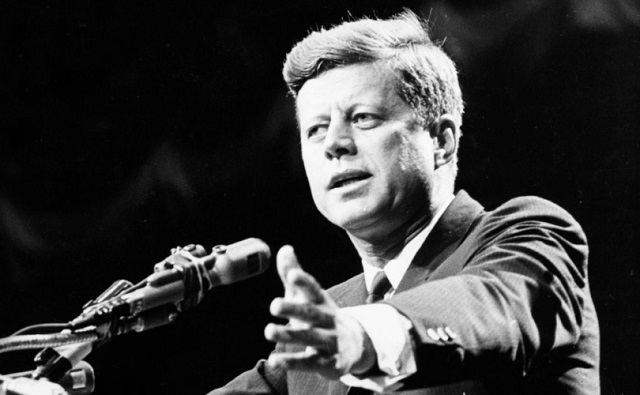
1962: US statesman John F Kennedy, 35th president of the USA, making a speech Photo by Central Press/Getty Images
From LifeSiteNews
Dr. David Mantik’s optical density analysis of a supposed white patch forgery of JFK’s autopsy skull X-rays suggests that the U.S. government knew Lee Harvey Oswald was not a lone gun assassin.
We now know that the three extant JFK autopsy skull X-rays in the National Archives collection are forgeries, altered to mask evidence of two frontal headshots.
The evidence for this proposition is thoroughly presented in a new book, The Assassination of President John F. Kennedy: The Final Analysis, which I have recently published with Dr. David W. Mantik, M.D., Ph.D. Armed with a Ph.D. in physics and a medical practice extending over five decades as a radiation oncologist, Dr. Mantik has seen the JFK autopsy skull X-rays more than anyone else. Using a densitometer, he measured the light coming through the X-rays millimeter-by-millimeter (with some measurements at a tenth-of-a-millimeter calibration).
READ: African, Middle Eastern countries call out WHO director Tedros for promoting abortion activist group
Dr. Mantik has established indisputably that a white patch has been placed to cover the rear parietal and occipital bone on the right side of JFK’s skull, as seen in the right lateral X-ray (Figure 1). This essay poses the question: why was the white patch forgery necessary?

Dr. Mantik explained how his optical density measurements proved scientifically that the white patch was a forgery:
The White Patch and the Black Space (Figure 1) were very different from my patients’ X-ray films. Therefore, I was eager to measure the Optical Densities (ODs) of these areas at the Archives. What I found there was quite astonishing. The White Patch transmits an impossibly greater percentage of light than the Dark Space.
He continued:
At the Archives, I measured many ODs of these two specific areas on both lateral X-ray films [right lateral and left lateral X-rays]: the White Patch, sometimes labeled area ‘P’ (for posterior), and the Dark Space, sometimes labeled area ‘F’ (for frontal). As shown in Table 1, these ODs imply that P transmitted about 1,100 times as much light as F. This ratio of over 1000 is quite remarkable, especially when compared to typical ratios found in patients. My ODs for patients showed only minor differences in optical densities between the front and the back. At most, the posterior skull was slightly whiter and transmitted up to twice as much light as the frontal portion.
If the forger placed the white patch on JFK’s lateral autopsy skull X-rays, what was the forger attempting to hide?
The medical personnel treating JFK’s wounds in Trauma Room One immediately after the assassination observed a large blow-out exit wound in the right back occipital region of JFK’s head. In his testimony to the Warren Commission, Dr. Robert McClelland gave the “most detailed description of the Kennedy head wound.” McClelland depicted the scene:
As I took the position at the head of the table that I have already described, to help out with the tracheotomy, I was in such a position that I could very closely examine the head wound, and I noticed that the right posterior portion of the skull had been extremely blasted. It had been shattered, apparently, by the force of the shot so that the parietal bone was protruded up through the scalp and seemed to be fractured almost along its right posterior half, as well as some of the occipital bone being fractured in its lateral half, and this sprung open the bones that I mentioned in such a way that you could actually look down into the skull cavity itself and see that probably a third or so, at least, of the brain tissue, posterior cerebral tissue, and some of the cerebellar tissue had been blasted out. There was a large amount of bleeding which was occurring mainly from the large venous channels in the skull which had been blasted open.
Secret Service Agent Clint Hill explained how he was hit by JFK’s brain matter from the third shot, which created the right rear occipital exit wound that hit JFK’s head from the front just as Hill was reaching the JFK limousine during the shooting.
Hill offers a similar description in his 2012 book, Mrs. Kennedy and Me. He describes running toward the limousine (italics in the original):
I’m almost there. Mrs. Kennedy is leaning toward the president. I am almost there. I was almost there. And then I heard the shot. The third shot. The impact was like the sound of something hard hitting something hollow – like the sound of a melon shattering onto cement. In the same instant, blood, brain matter, and bone fragments exploded from the back of the president’s head. The president’s blood, parts of his skull, bits of his brain were splattered all over me – on my face, my clothes, in my hair.
Dr. Mantik’s optical density proof of the white patch forgery seals the conclusion that the U.S. government, from the first moments after the assassination, knew Lee Harvey Oswald was not the lone gun assassin. Secret Service Agent Clint Hill and the medical personnel at Parkland knew the right rear occipital wound resulted from a frontal shot.
The obvious conclusion is that the forger placed the white patch to hide evidence of the frontal shot that hit JFK in the right temple. Given that the U.S. government had complete control over JFK’s body and the autopsy evidence provides prima facie proof that the Warren Commission assignment was to mask a deep state false flag operation, one that the CIA wants to remain concealed yet today, 61 years later.
Reprinted with permission from American Thinker.
Community
New Documentary “Cooking with Hot Stones” Explores History of Fort Assiniboine, Alberta
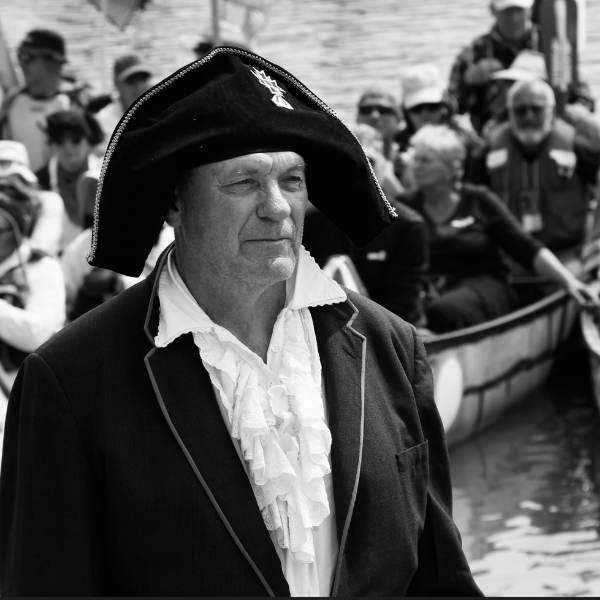
February 14, 2025 – Alberta, Canada – A compelling new documentary, Cooking with Hot Stones: 200th Anniversary of Fort Assiniboine, is set to air on Wild TV, RFD TV Canada, Cowboy Channel Canada, and you can click here to stream for FREE on Wild TV’s streaming service, Wild TV+. This engaging one-hour feature will take viewers on a journey through time, exploring Fort Assiniboine’s rich history from 1823 to 2023.
Fort Assiniboine is a significant landmark in Alberta, playing a crucial role in Indigenous history, the fur trade, and the western expansion of Canada. This documentary captures the spirit of the region, illustrating how it has evolved over two centuries and how it continues to shape the cultural fabric of the province today.
Wild TV will make the documentary free to stream on Wild TV+ on February 14th so that it can be easily accessed in classrooms and other educational settings throughout the region, ensuring the historical significance of Fort Assiniboine reaches a wider audience.
Produced by Western Directives Inc., Cooking with Hot Stones: 200th Anniversary of Fort Assiniboine brings historical moments to life with vivid storytelling, expert interviews, and breathtaking cinematography.
“We are very excited to partner with Wild TV as part of our one hour documentary production. Based in Alberta, we respect the hard work and quality programming that Wild TV brings to a national audience. With the broadcast opportunity, Wild TV gives our production the ability to entertain and educate Canadians across the country on multiple platforms,” said Tim McKort, Producer at Western Directives.
Scott Stirling, Vice President of Wild TV, also expressed enthusiasm for the project: “At Wild TV, we are passionate about telling Canadian stories that resonate with our audiences. This documentary not only highlights a crucial piece of our nation’s history but also celebrates the resilience and contributions of Indigenous peoples, traders, and settlers who shaped the land we call home today. We are proud to bring Cooking with Hot Stones: 200th Anniversary of Fort Assiniboine to our viewers across Canada.”
Airtimes for Wild TV can be found here.
For airtimes on RFD TV Canada, click here.
For airtimes on Cowboy Channel Canada, visit CCC’s schedule.
Frontier Centre for Public Policy
Hungarian Revolution of 1956: A Valiant Effort to Overthrow Communist Rule
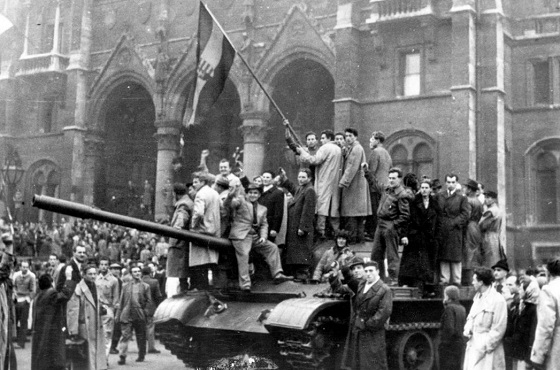
Civilians wave Hungary’s national flag from a captured Soviet tank in Budapest’s main square during the anti-communist uprising of October 1956. AP Photo
From the Frontier Centre for Public Policy
By Gerry Bowler
For a time, Moscow seemed willing to accept change in Hungary, but when Nagy announced that his country would leave the Warsaw Pact and become neutral in the Cold War, that was a bridge too far for Khrushchev.
After World War II ended in the summer of 1945, the Soviet Red Army found itself to be in possession of Eastern Europe. In the next few years, the USSR extinguished the young democracies in Poland, Czechoslovakia, Romania, Latvia, Lithuania, and Estonia, while imposing Stalinist governments on autocracies such as Bulgaria and Hungary. With Marxist regimes taking over in eastern Germany, and Albania and Yugoslavia as well, Winston Churchill spoke truly when he said that “from Stettin the Baltic to Trieste in the Adriatic, an iron curtain has descended across the continent.”
In many of these countries, there was considerable resentment over the Russian occupation. In the Baltic republics, Romania, Croatia, Belarus, Poland, and Ukraine, doomed anti-Soviet guerilla movements with names like the “Forest Brothers,” the “Cursed Soldiers,” or “Crusaders,” fought underground wars that\ lasted for years. In June 1953 in East Berlin, workers rose up in protests against their communist masters, sparking a short-lived rebellion that spread to hundreds of towns before being crushed by Russian tanks. The most serious of these insurrections was the Hungarian Revolution of 1956. By 1956, there were stirrings of discontent in the Hungarian People’s Republic. Under the state control of industry, forced agricultural collectivization, and the shipping of produce to the Soviet Union, the economy was in bad shape. The supply of consumer goods was low and standards of living were dropping. Secret police surveillance of the population was harsh, while many Hungarians resented the suppression of religion and the mandatory instruction of the Russian language in schools. As news leaked out about Soviet Premier Nikita Khrushchev’s denunciation of Stalin in the so-called “Secret Speech,” hopes grew that reform of the communist system was possible.
Marxist intellectuals began to form study circles to discuss a new path for Hungarian socialism, but their cautious proposals were suddenly overtaken by demands for change by young people. On Oct. 22, 1956, students at the Technical University of Budapest drew up a list of demands for change known as the “Sixteen Points.” They included free elections, a withdrawal of Soviet troops, free speech, and an improvement in economic conditions.
On the afternoon of the next day, these points were read out to a crowd of 20,000 who had gathered at the statue of a leader of the Hungarian rebellion of 1848. By 6 p.m., when the students marched on the Parliament Building, the crowd had grown to around 200,000 people. This alarmed the government, and later that evening Communist Party leader Erno Gero took to the radio to condemn the Sixteen Points. In reaction, mobs tore down an enormous statue of Stalin.

People surround the decapitated head of a huge statue of Josef Stalin in Budapest during the Hungarian Revolution in 1956. Daniel Sego (second L), who cut off the head, is spitting on the statue. Hulton Archive/Getty Images
On the night of Oct. 23, crowds gathered outside the state broadcaster, Radio Budapest, to demand that the Sixteen Points be sent out over the air. The secret police fired on the protesters, killing a number of them. This enraged the demonstrators who set fire to police cars and seized arms from military depots. Army units ordered to support the secret police rebelled and joined the protest. The government floundered; on the one hand, they called Soviet tanks into Budapest; on the other hand, they appointed Imre Nagy, seen as a popular reformer, as prime minister.
As barricades were being erected by protesters and shots were being exchanged with secret police units, Nagy was negotiating with the Soviets who agreed that they would withdraw their tanks from the capital. Over the next few days, the rebellion spread; factories were seized, Communist Party newspapers and headquarters were attacked, and known communists and secret police agents were murdered. The new prime minister released political prisoners and promised the establishment of democracy, with freedom of speech and religion.
For a time, Moscow seemed willing to accept change in Hungary, but when Nagy announced that his country would leave the Warsaw Pact and become neutral in the Cold War, that was a bridge too far for Khrushchev. Fearing the collapse of the entire Soviet bloc, he made plans for an invasion of Hungary. By Nov. 3, the Red Army had surrounded Budapest, and the next day heavy fighting erupted as armoured columns entered the city. Some units of the Hungarian army fought back, joined by thousands of civilians, but the end was predictable. After a week of battles, with over 20,000 dead and wounded, resistance crumbled. A new Soviet-approved government under János Kádár purged the army and Communist Party, arrested thousands, and executed rebel leaders including Nagy.
Hundreds of thousands of refugees fled, many of them settling in Canada and the United States. World condemnation of the USSR was strong; critics of the Soviets included many communists in the West who resigned their party membership. Not until the collapse of the Soviet hold on Eastern Europe in 1989 did Hungarians get another taste of freedom.
Published in the Epoch Times.
Gerry Bowler, historian, is a Senior Fellow at the Frontier Centre for Public Policy.
-
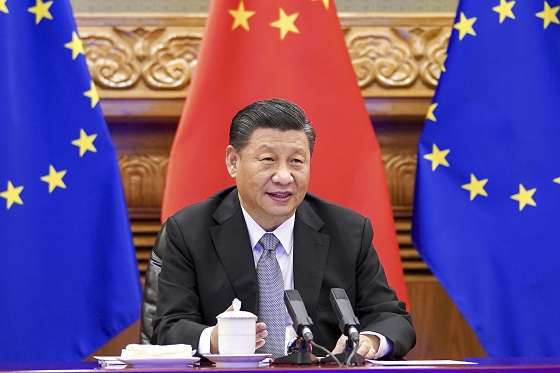
 Business2 days ago
Business2 days agoTrump: China’s tariffs to “come down substantially” after negotiations with Xi
-

 Business2 days ago
Business2 days agoTrump considers $5K bonus for moms to increase birthrate
-

 2025 Federal Election2 days ago
2025 Federal Election2 days agoPolice Associations Endorse Conservatives. Poilievre Will Shut Down Tent Cities
-

 2025 Federal Election2 days ago
2025 Federal Election2 days agoCanada’s press tries to turn the gender debate into a non-issue, pretend it’s not happening
-

 Business1 day ago
Business1 day agoChinese firm unveils palm-based biometric ID payments, sparking fresh privacy concerns
-
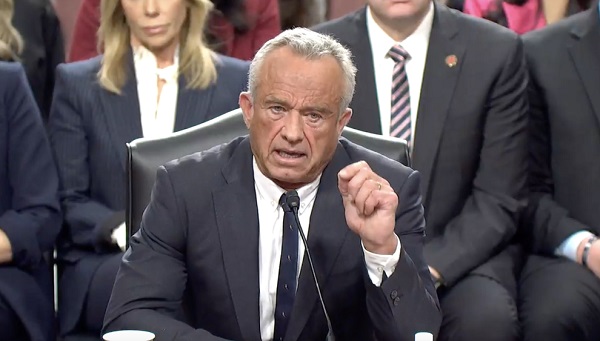
 COVID-192 days ago
COVID-192 days agoRFK Jr. Launches Long-Awaited Offensive Against COVID-19 mRNA Shots
-

 2025 Federal Election2 days ago
2025 Federal Election2 days agoNext federal government should end corporate welfare for forced EV transition
-

 2025 Federal Election1 day ago
2025 Federal Election1 day agoConservatives promise to ban firing of Canadian federal workers based on COVID jab status





